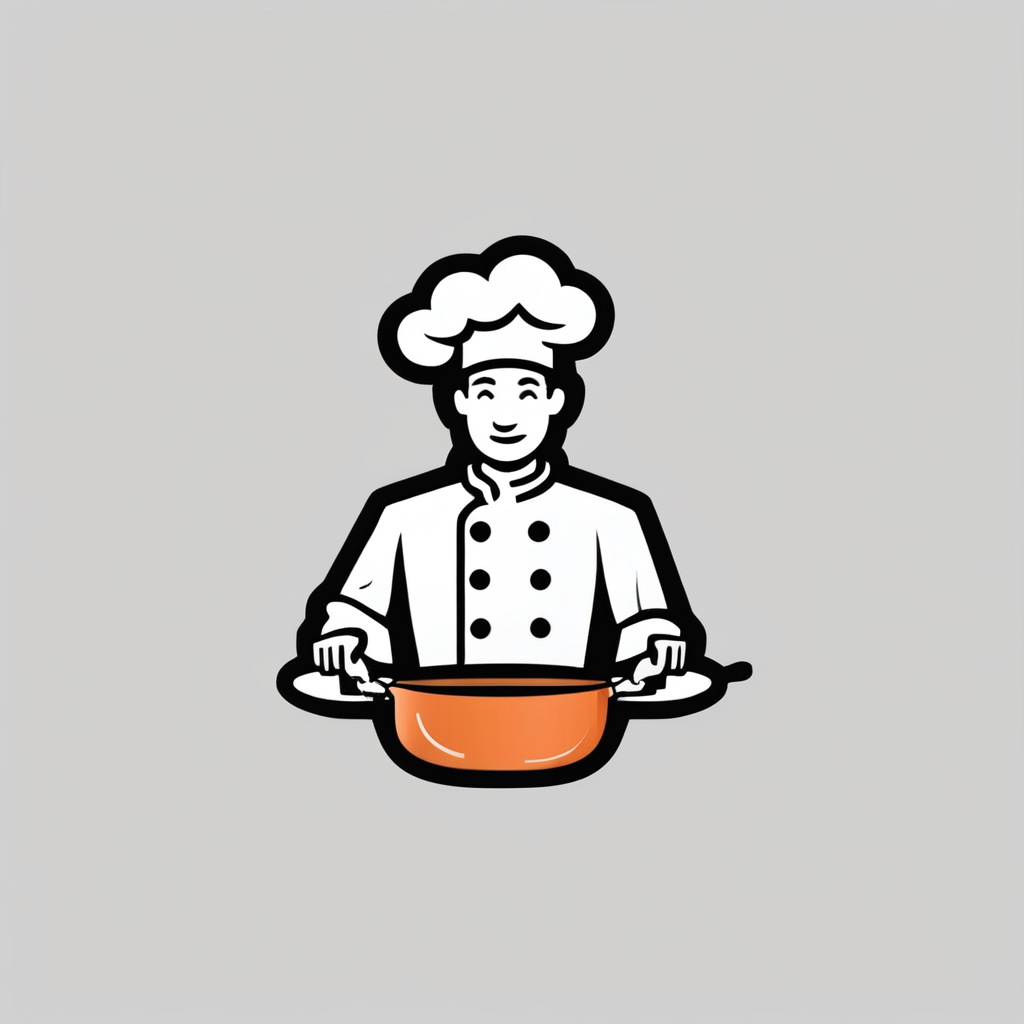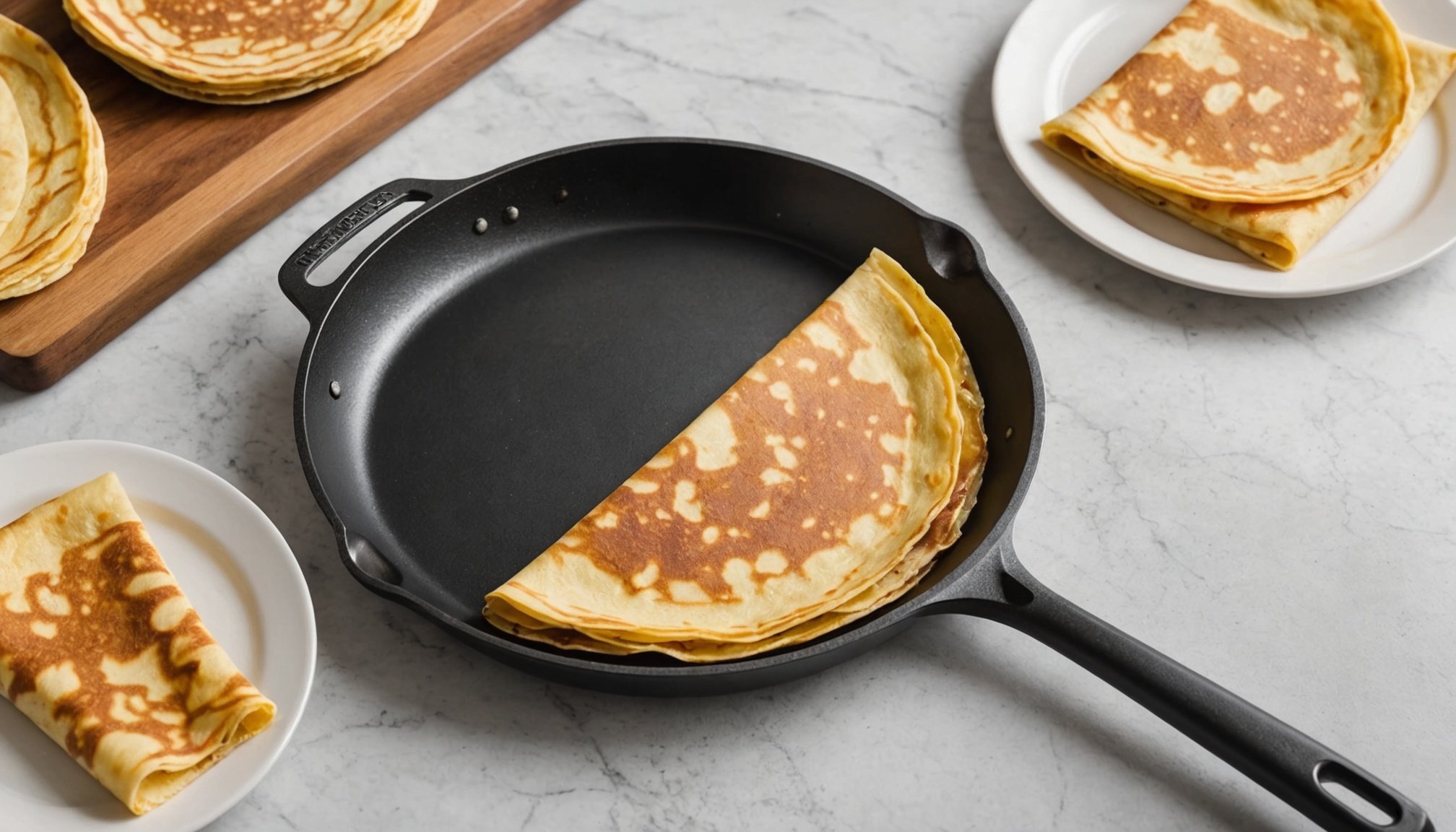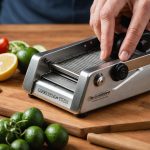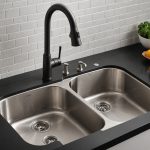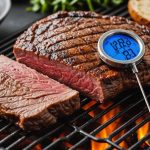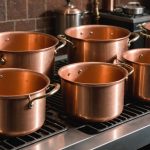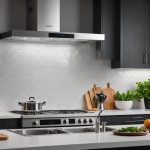Understanding the Importance of Frying Pan Shape for Crepes
Choosing the right frying pan shape significantly impacts the crepe-making process. Crepe pans that feature a round shape are generally favoured for their ability to promote even cooking. This geometry allows heat to distribute uniformly across the surface, ensuring that each crepe achieves a consistent texture and perfect golden hue.
Key Characteristics of Ideal Crepe Pans
An optimal design for crepe-making includes factors beyond just the shape. A slightly beveled edge aids in effortless flipping techniques, while a flat, smooth surface ensures the batter spreads evenly without catching. The ideal crepe pan should be lightweight yet sturdy, allowing for precise handling over the heat.
In the same genre : Top Automatic Pan Stirrer Picks for Perfect Risotto Every Time
Impact of Frying Pan Dimensions
The dimensions of a frying pan also play a crucial role in preparing crepes. Pans with a diameter of around 8 to 10 inches offer versatility in crepe size while providing ample space for maneuvering the spatula during flips. Moreover, the depth of the pan directly affects the ease of flipping. Shallow pans are generally preferable as they facilitate quick and clean flips, reducing the risk of tearing or sticking.
Mastering the art of crepe-making begins with selecting the right frying pan shape—a decision that can enhance your cooking and elevate your kitchen skills.
Topic to read : Essential Features Your Digital Meat Thermometer Must Have for Perfectly Smoked Meat
Recommended Frying Pan Shapes for Crepes
Exploring the best frying pans for crepe-making involves understanding the nuances of pan shapes and sizes. Notably, each design uniquely influences the cooking process.
Round Vs. Square Pan Designs
Round pans are superior for even cooking, offering a consistent heat distribution which is crucial for achieving perfect golden crepes. Their design enhances the fluid motion of flipping. Conversely, square pans may be advantageous in space-limited situations, allowing for more efficient use of the stove top. However, the challenge lies in achieving uniform heat distribution along the edges, making flipping techniques crucial to avoid uneven cooking.
The Role of Pan Depth
Pan depth significantly affects crepe-making. Shallow pans are optimal as they facilitate easy access during flipping, essential for maintaining crepe integrity. In deep pans, crepes are prone to tearing as manipulation becomes cumbersome. Shallow pans allow for swift cooking and flipping, reducing the crepe’s time on heat, which helps in preserving their delicate texture.
Material Considerations
The choice between non-stick surfaces and traditional materials can be vital. Non-stick pans facilitate effortless flipping and require minimal oil. Traditional materials, though might need extra care, often offer superior heat conductivity, impacting how evenly crepes cook. Choosing the right material resonates with personal cooking preferences and styles.
Practical Tips for Effortless Crepe Flipping
Mastering perfect flipping techniques is crucial in crepe making. Start by tilting the pan to let the batter spread thinly across the surface. Cook until the edges start to lift. This signifies readiness for a flip.
Step-by-Step Instructions
- Loosen edges with a spatula for easy maneuvering.
- Gently slide the spatula underneath.
- Swiftly flip with a wrist twist, aiming for a fluid motion.
Avoiding Common Mistakes
Maintaining the correct temperature is key. Overheating can lead to a burned exterior and raw interior. Additionally, refrain from flipping too early. Impatience often results in a folded or broken crepe instead of the desired outcome. Practice and patience are vital.
Technique’s Role in Success
Consistent results stem from practising these flipping techniques. Kitchen skills need refining. A smooth, non-stick surface pan can ease the flipping process. Opt for pans that align with your crepe-making tips, considering surface, shape, and balance.
Refining this technique ensures not only beautifully cooked crepes but also boosts confidence in one’s cooking prowess. Embracing failure and learning from each attempt will refine your skills and lead to newly perfected crepes with each try.
Product Reviews and Recommendations
Selecting the perfect crepe pan can transform your crepe-making experience. Understanding the nuances of various kitchen tools is crucial.
Top Brands for Crepe Pans
In the crepe-making industry, certain brands deliver excellent craftsmanship and design. De Buyer and Le Creuset are often highlighted for their ergonomic handles and superior materials. Mauviel offers pans known for consistent heat distribution. Look for features such as non-stick surfaces and sturdy construction when selecting a high-quality pan.
Comparing Price Points
Budget-friendly options don’t always mean compromising quality. Brands like Tefal deliver affordability with reliable performance. However, premium products, such as those from All-Clad, emphasize enhanced durability and heat conduction. Investing wisely in crepe pans reflects value for money, balancing cost with longevity and functionality.
User Testimonials and Ratings
Consumer feedback is invaluable. Ratings and testimonials provide insights into real-world usability. Many users praise the ease of flipping and durability in brands like Cuisinart. Checking user experiences can guide you towards products that match your kitchen needs. Real-user insights often reveal details overlooked in specifications, ensuring informed decision-making in choosing ideal crepe pans.
Additional Techniques and Recipes for Perfect Crepes
To master crepe recipes, starting with a simple base is key. For beginners, combining flour, milk, eggs, and a pinch of salt creates a versatile batter. Whisk until smooth and let it rest for enhanced flavour and texture.
Tips on Flavour Variations and Filling Suggestions
Enhance your crepes with various flavour additions. Consider adding vanilla extract or citrus zest for a unique twist. Fillings transform a basic crepe into a delightful dish. Popular fillings include chocolate spread, fresh fruits, and savoury options like cheese and spinach. Experimenting with these ensures a crepe-making experience tailored to your taste.
Techniques to Master for Professional-Quality Crepes
Adopting certain cooking techniques elevates your crepes to a professional level. Ensuring the frying pan is thoroughly preheated prevents sticking. Distributing batter with a circular wrist motion can achieve an even thickness, which is critical for optimal cooking.
Kitchen hacks like cooling the pan with a damp cloth between batches maintain consistent cooking temperatures, preventing burning. Supporting skills, such as quickly spreading and gentle flipping, not only improve the consistency of your crepes but also increase confidence in your culinary skills. As you gain confidence, exploring different crepe recipes and techniques will enhance your crepe-making repertoire.
